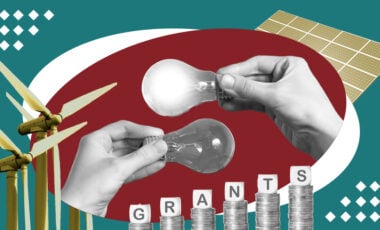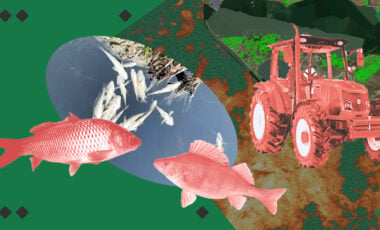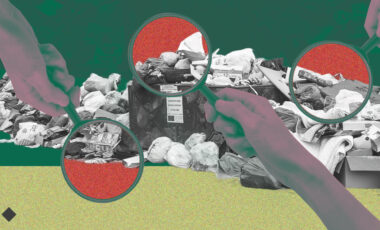Ukrainian air temperature surging at twice the rate of Europe's average
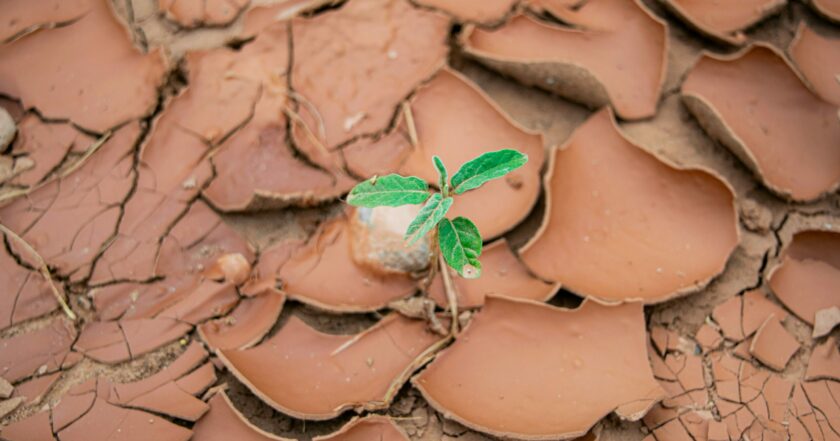
According to WWF-Ukraine, immediate action must be taken to address the impacts of drought on Ukraine's river ecosystems, a concern supported by climate change studies. Findings from regular monitoring of droughts and low water levels in the Tysa, Prut, and Siret river basins have shown a marked increase in temperatures and frequency of drought and low water events from 2000 to 2023.
Rubryka writes about this with reference to WWF-Ukraine.
Ukraine is feeling the effects of global climate change. According to data from the Ukrainian Hydrometeorological Center, the country's average temperature has risen by 1.2°C in the past thirty years, with some regions experiencing an increase of 0.82°C over the last decade. This rate is much higher compared to neighboring countries (0.47-0.59°C/10 years) and the Northern Hemisphere and Europe (0.34 and 0.47°C/10 years, respectively), showing that Ukraine is facing a significant temperature increase compared to the rest of the world.
Specifically, the Danube River Basin faces growing threats from frequent and intense droughts. This hurts water resources, ecosystems, and the daily lives of those who rely on the river. The region also grapples with challenges stemming from frequent and severe flooding. Projections for climate change suggest worsening conditions rather than any signs of improvement.
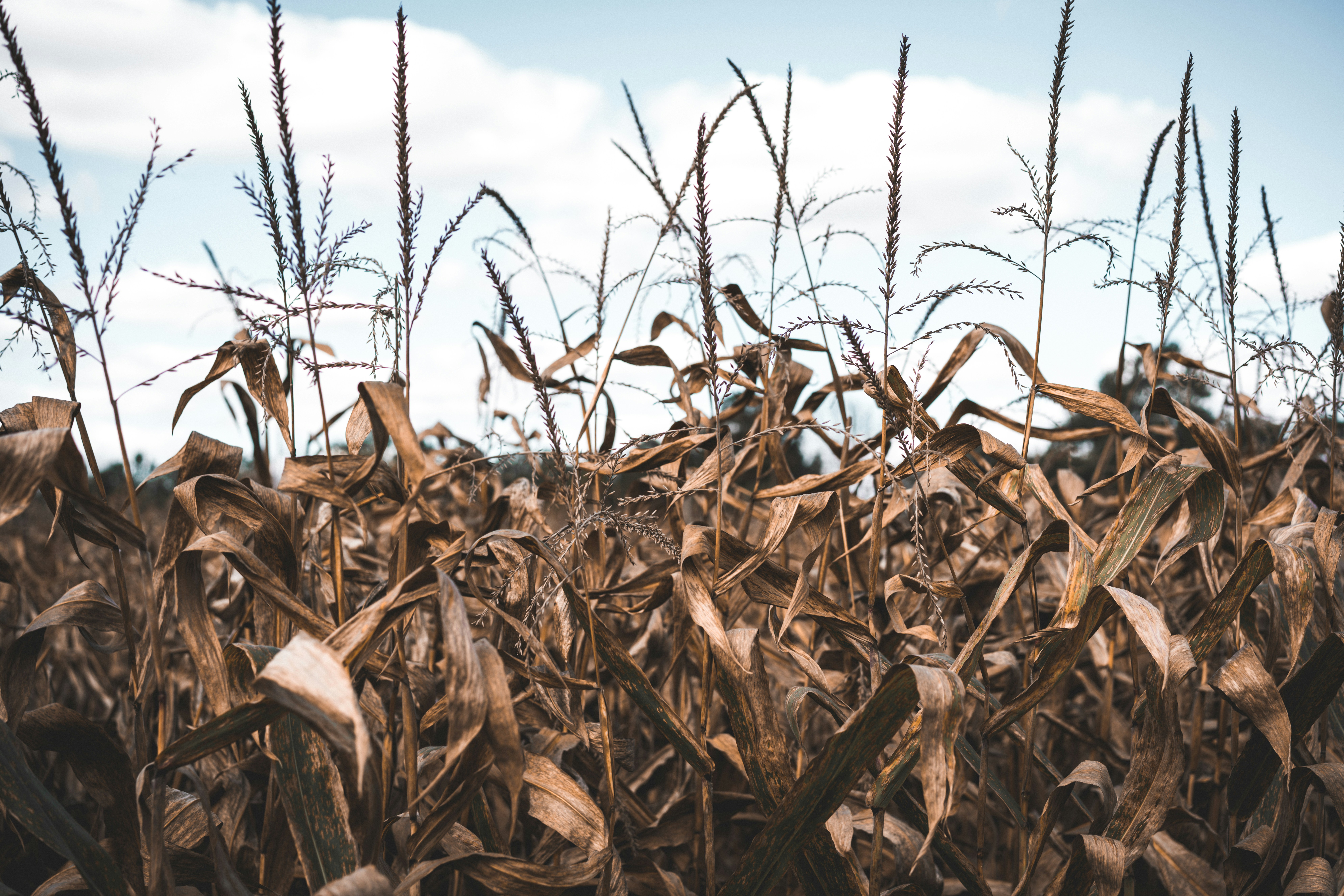
Having both excessive and insufficient water presents a pressing need for the Danube basin countries to unite and promptly respond to the effects of climate change to mitigate the hazards related to dry spells.

WWF-Ukraine presents drought prevention and management mechanism for Tisza, Prut, and Siret rivers sub-basins
After analyzing European practices and recommendations, the World Wide Fund for Nature WWF-Ukraine proposed its vision of the Drought Management Plan (DMP) and identified the steps necessary for its development.
Two DMP projects were created for the Tysa sub-basin and the Prut and Siret sub-basins.
This document is not a definitive plan, as the current law does not even allow for its creation. Nevertheless, it serves as preparatory work and a basis for developing a comprehensive drought management document.
The program of drought prevention and mitigation measures from WWF-Ukraine includes:
- Green infrastructure is among the measures that can significantly reduce the negative impact of droughts. Measures to restore floodplains and wetlands, in particular, can store water during periods of excessive precipitation.
- Another alternative solution is to reuse water for irrigation or industrial purposes.
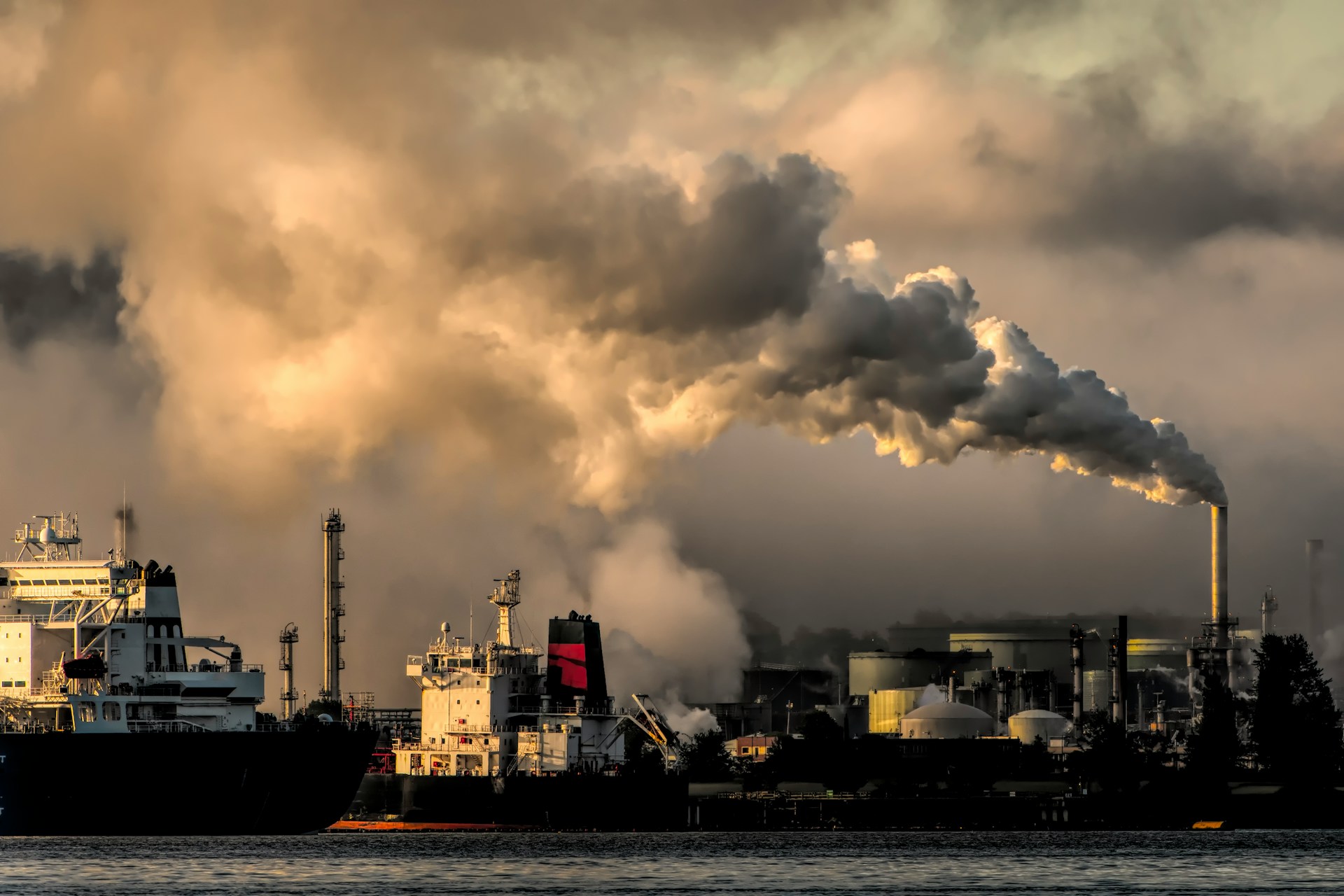
In general, programs of drought prevention and mitigation measures of the Tysa River sub-basin, as well as the Prut and Siret River sub-basins, include six concrete steps:
- The DMP should be developed according to current laws and global guidelines, such as the 2015 "Guidelines for the Preparation of Drought Management Plans." It needs to incorporate data from the European Drought Observatory, including statistics, trends, forecasts, and sector-specific assessments of impacts and risks.
- Rainwater collection and use. Collecting rainwater for further economic use is spreading among community residents.
- Collecting and utilizing "gray" water and gathering wastewater from household bathrooms (excluding toilets) for economic purposes such as flushing and irrigation is becoming more widespread.
- Creating a methodology to assess ecological flow (also known as essential requirements) and calculating the necessary flow for maintaining and enhancing biodiversity. Neglecting to properly plan water usage during droughts may result in the overexploitation of rivers and reservoirs, posing a threat to aquatic ecosystems.
- Development of recommendations for the restoration of the forest landscape of the river valley, including the development of a regulatory framework for the restoration of floodplain forests. The plan also envisages the sustainable use of water-saving technologies and processes during logging, especially in mountainous areas, such as aerial cable trawling.
- Development of educational materials for water consumers, water users, and the public.
By developing and implementing Drought Management Plans, the country will be able to better prepare for the possibility of using less water than usual and reduce the potential impact of drought on society, agriculture and food security, hydropower, infrastructure, the economy, and ecosystems.
For reference:
WWF is one of the most powerful and biggest conservation organizations globally, boasting over 5 million supporters and a presence in over 100 countries. The organization's ultimate goal is to halt the decline of the planet's natural systems and create a future where humans coexist with nature. This can be accomplished by conserving biodiversity, responsibly using natural resources, and reducing pollution and excessive consumption.
Why should we restore rivers, and is it even feasible? WWF-Ukraine explained.

























